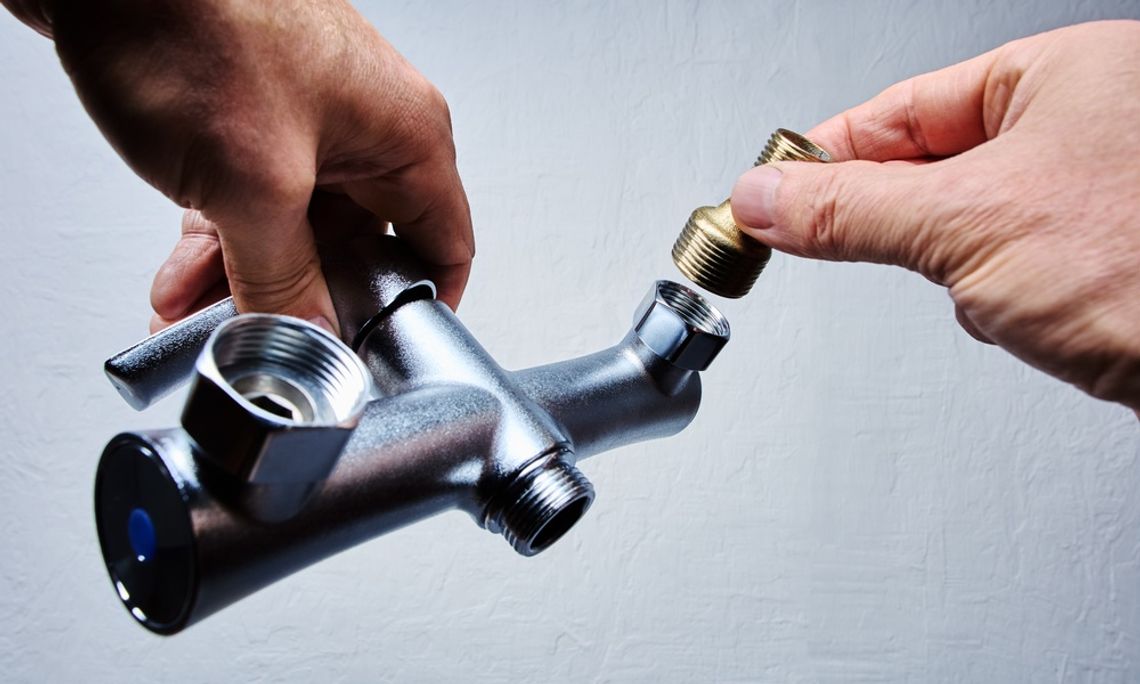Threaded piping systems are a commonly used solution in industries that require the transfer of fluids or gases. Understanding their components, benefits, and applications is vital for effective use. Here’s what you need to know about threaded piping systems.
Types of Threaded Pipes
Threaded piping systems rely on threaded ends to connect pipes and fittings. The threads interlock, creating a secure seal that prevents leaks. This system is often employed in low-pressure and non-critical applications.
Threaded pipes come in two primary categories. Tapered threads screw together to provide a tighter seal, making them more common in fluid-related applications. Straight threads often rely on a sealing component, such as an O-ring, to prevent leakage. The right type depends on the specific needs of the project.
Understanding and Measuring NPT
NPT, or National Pipe Thread, is a standard in the United States for pipe threading. Measuring NPT involves assessing the thread angle, pitch, and diameter. It is essential to ensure compatibility between the pipes and fittings to form an efficient seal. Incorrect measurements can lead to leaks or operational inefficiencies.
Materials Used in Threaded Piping
Materials for threaded piping systems include metals such as stainless steel, copper, and brass, as well as durable plastics such as PVC. The chosen material depends on the intended application, such as water transport, gas transfer, or chemical processing. Metal pipes tend to offer greater strength, while plastic pipes provide corrosion resistance and cost-efficiency.
Applications of Threaded Piping Systems
Threaded piping systems are employed across the HVAC, plumbing, oil and gas, and chemical processing industries. They are ideal for settings with moderate pressure and temperature requirements, such as transporting water in residential buildings or distributing chemicals in controlled environments.
Advantages and Disadvantages of Threaded Piping
Threaded piping systems offer simplicity and convenience. They are easy to install without requiring specialized equipment. Maintenance is straightforward since you can unscrew and replace sections without disrupting the entire system. Additionally, these systems are flexible and compatible with various materials and fittings.
Despite their benefits, threaded piping systems come with drawbacks. Over time, threads may wear down, compromising the seal and leading to leaks. They are less suitable for high-pressure applications, where the risk of failure is higher. Additionally, threaded connections may be more susceptible to corrosion if exposed to certain substances or conditions.
Installation Tips
To ensure a secure and leak-free system, carefully prepare the threads before installation. Applying thread sealant enhances the tightness of the connection. It’s also crucial not to over-tighten fittings, which could damage the threads and compromise the seal.
By understanding what you need to know about threaded piping systems, you can maximize their convenience, versatility, and cost-effectiveness. Evaluate your needs to see if threaded piping systems are the perfect solution for your project.


Comment
Comments